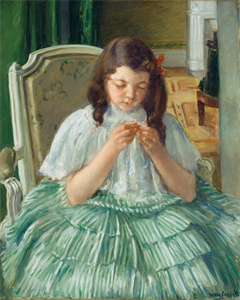
Ferdinand-Jean Luigini
French, 1870–1943
French, 1870–1943
Paris in the Snow
Object Type:
Painting
Dimensions:
13 in. x 16 1/4 in. (33.02 cm x 41.28 cm)
Medium and Support:
Oil on canvas
Accession Number:
1977.0540
Credit Line:
Bequest of William Pelzer Arrington in memory of his mother, Ethel Pelzer Arrington
Keywords
Click a term to view the records with the same keyword
Portfolio List
Click a portfolio name to view all the objects in that portfolio
This object is a member of the following portfolios:
Your current search criteria is: All Object records.

 by Artist (747)
by Artist (747)
